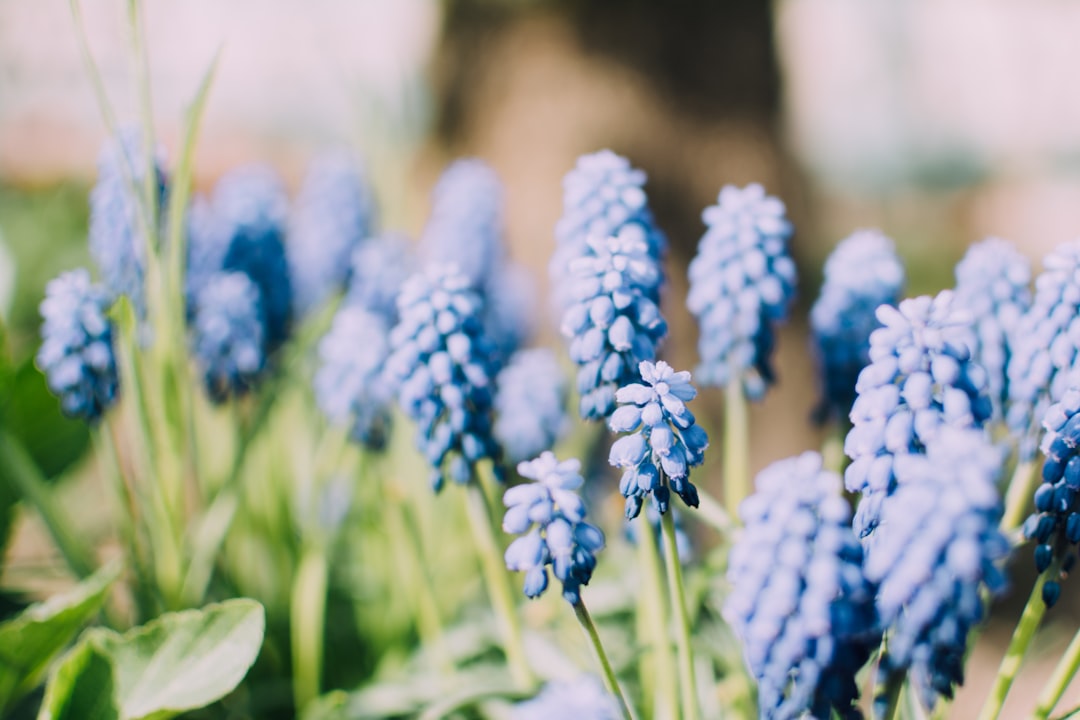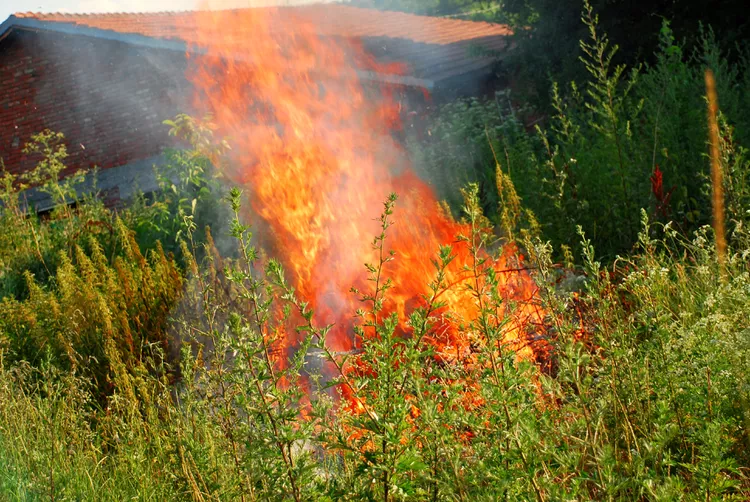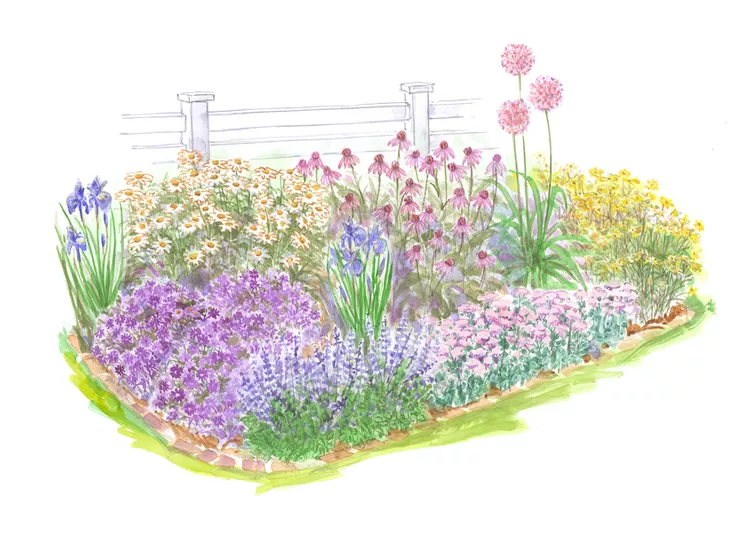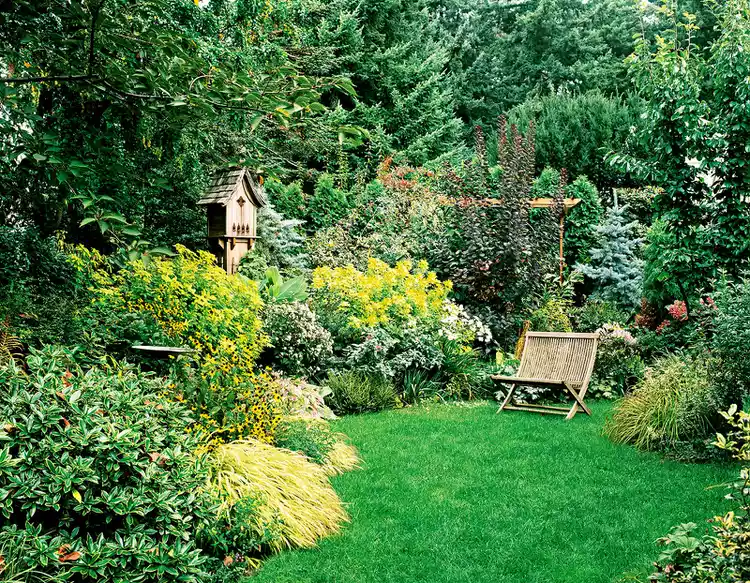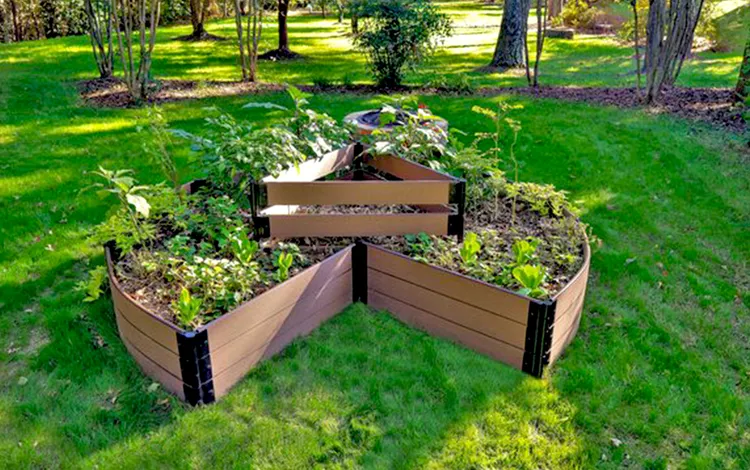Edible gardening has become a popular pastime for many, and among the various vegetables one can grow, green beans stand out as a true summer delight. Whether you opt for bush beans or those that have a tendency to ramble up a pole or across a fence, cultivating your own green beans at home offers a unique and rewarding experience.
Let's first explore the world of bush beans. These are a great choice for those with limited space. They grow in a compact, bushy form, usually reaching a height of about 1 - 2 feet. One of the main advantages of bush beans is their relatively short growing season. You can expect to harvest them in as little as 50 - 60 days after planting. This means that even if you start a bit late in the season, you can still enjoy a bountiful crop of fresh green beans.
When it comes to planting bush beans, they prefer well - drained soil and plenty of sunlight. You can sow the seeds directly into the ground once the soil has warmed up in the spring. Make sure to space the seeds about 2 - 3 inches apart and plant them about an inch deep. As they grow, they require minimal support, unlike their pole - bean counterparts. This makes them a low - maintenance option for novice gardeners.
On the other hand, pole beans are a climbing variety that can reach heights of 6 - 10 feet or more. They need a sturdy support structure, such as a pole, trellis, or fence, to grow on. While they take a bit longer to mature, usually around 60 - 70 days, they often produce a larger yield over a longer period. Pole beans have a more vining growth habit, and as they climb, they create a beautiful and lush green display in the garden.
Planting pole beans also starts with sowing the seeds in well - drained soil. However, you need to place the support structure in the ground before planting. This will allow the young plants to start climbing as soon as they emerge. Pole beans are great for vertical gardening, which can be a space - saving technique in smaller gardens. They also attract beneficial insects, such as bees, which help with pollination.
Once your green beans start to grow, proper care is essential. Watering is crucial, especially during dry spells. Green beans need consistent moisture, but be careful not to over - water as this can lead to root rot. Fertilizing can also help promote healthy growth. A balanced fertilizer applied at the time of planting and then again a few weeks later can provide the necessary nutrients.
Harvesting green beans is one of the most satisfying parts of the process. For bush beans, you can start picking them when they are about 3 - 4 inches long and still tender. With pole beans, the harvest period is a bit more extended. You can pick them regularly, which encourages the plant to produce more beans. Freshly harvested green beans are not only delicious but also packed with nutrients. They are a good source of vitamins A, C, and K, as well as fiber.
In the kitchen, green beans are incredibly versatile. You can steam them, sauté them with garlic and olive oil, or add them to soups and stews. They can also be pickled for long - term storage. The taste of home - grown green beans is far superior to those bought from the store. The freshness and the knowledge that you grew them yourself add an extra layer of enjoyment to every bite.
In conclusion, whether you choose bush beans or pole beans, home - grown green beans are a wonderful addition to any edible garden. They offer a delicious and healthy summer treat, and the process of growing them is both educational and fulfilling. So, roll up your sleeves, get your hands dirty, and start your own green bean garden this summer.






